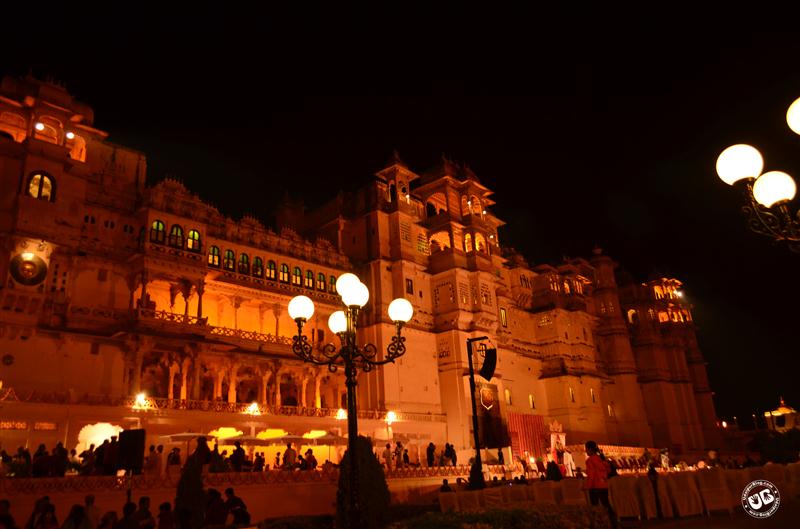
The Unveiling
Posted by Admin on Monday, October 19th, 2020
This dates back to the year 2003. I was appointed to the post of Chief Administrator of the Museum. Above me was the Chairman and Managing Trustee of Maharana of Mewar Charitable Foundation, Shriji Arvind Singh Mewar; the only one I was to report to. Fortunately, he gave me his full backing and would invariably visit the Museum almost every morning to discuss various issues and give his expert advice. He would get off his Gypsy and head into Laxmi Chowk, The Zenana Mahal. He was rather avers to climbing stairs.
Back then, none in our team had degrees in Museology but nonetheless had the passion and enthusiasm. My team then went to town, systematically looking at every aspect of the Museum, whether it were repairs that had to be carried out, names and construction period of spaces that were to be sought, work in the Armoury section or captioning the paintings that was to be done. Our treasure trove were the books that we painstakingly referred to; Veer Vinod by Shyamal Das, Mewar Rajya ka Itihas by G.H. Ojha, the Haqiqat Bahidas or the daily hand written accounts of various Maharanas, to name a few. We also referred to maps from the Maharana Mewar Research Institute, and several other documents available with us, so that no wrong information would be given out.
In the years to follow, as we went about our research, we realized that there was still so much to be discovered. The Lakhu Gokhada in Chandra Mahal, for example, that houses the coronation seat, had a pleasant surprise in store for us! It certainly didn’t look like what it does today. When we first took to the repairs, we found the Lakhu Gokhada plastered with cement from the inside.

The Lakhu Gokhada: Plastered away!
I got the mason to sit on a hanging wooden platform about 30 feet above the ground and made him chip away the cement plaster, only to reveal a beautiful Jali work that lay beneath. The mason sat there in rain and sunshine, and it took him a few months to complete the work. It was not only time consuming but also required a lot of patience on his part, as one wrong hit of the chisel and the hammer, and it would have damaged the stone Jali. A similar case of renovation and restoration of the stone Jali work was seen at Rai Angan and at Hawa Mahal, the top portion of Tripoliya. How and why these beautiful lattice works were veiled away is a mystery.

The final reveal: Lattice work at Lakhu Gokhada
If these were mere windows with surprises, you could only imagine how thrilled we were to learn about an entire building veiled away in the same manner!
The Amar Mahal that houses the Museum’s Silver Gallery, is the most beautiful building in the entire City Palace area.

Scaffolding on the exterior of Amar Mahal
It is made of solid local marble. Over the years, this marble was coated with lime wash, a tradition which was then customary and which must have been done over many years, at the time of Diwali.

Traditional masons cleaning the marble surface
We then undertook the task of removing the lime coat, inch by inch, and followed up by a sand wash. It was amazing to see this building in its full glory.
There’s still much to explore and many-a-lore, behind these centuries old royal apartments, at The City Palace Museum, Udaipur.
- Blog by Bhupendra Singh Auwa
Administrator in Chief, Maharana of Mewar
Charitable Foundation, Udaipur





